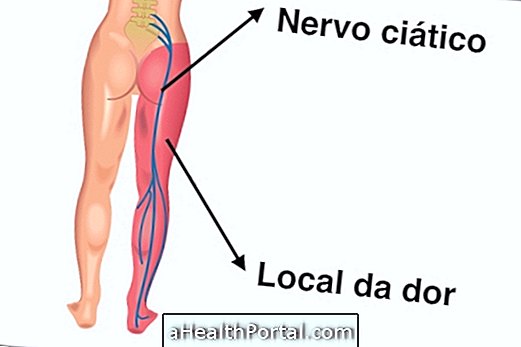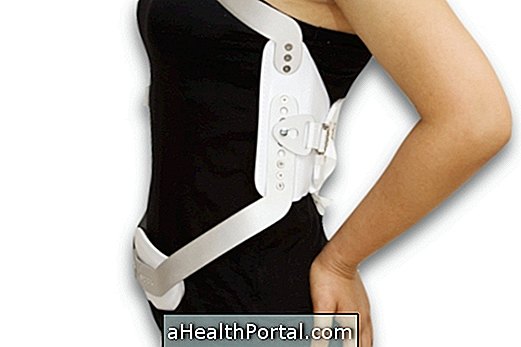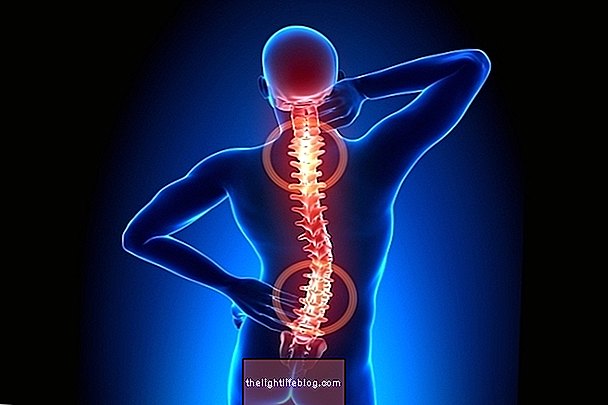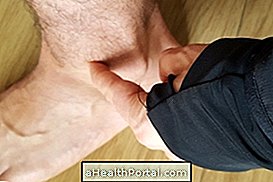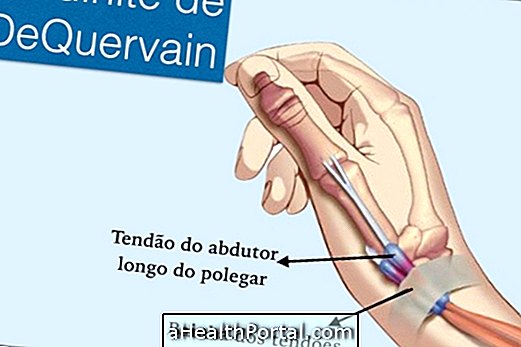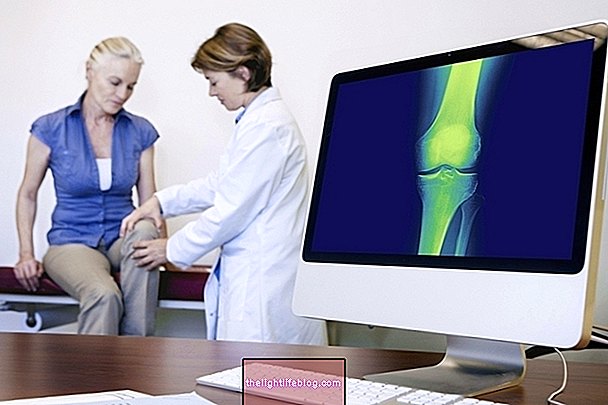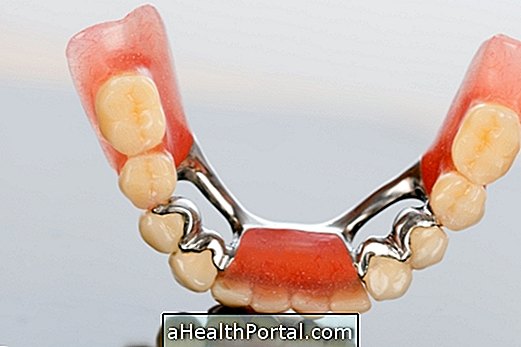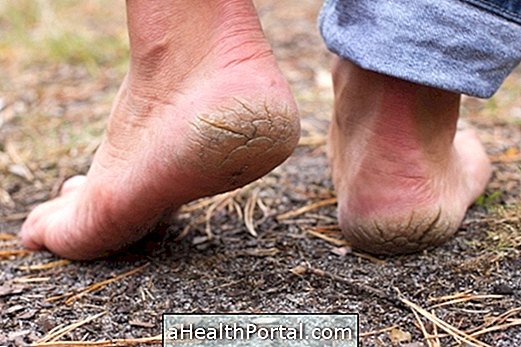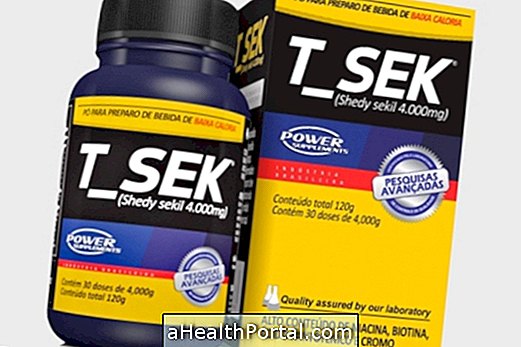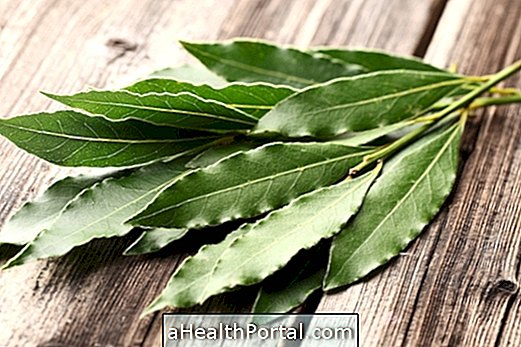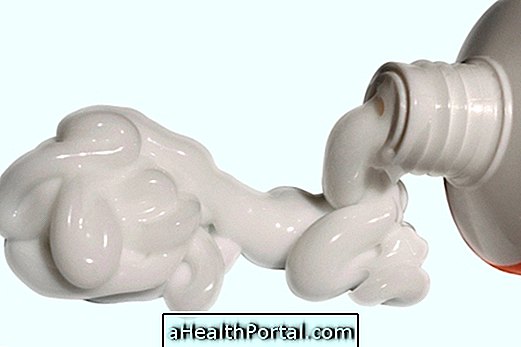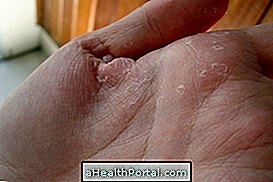Osteoarthritis of the knee is a type of severe involvement of this joint that causes signs such as:
- Pain in the knee after exertion and improvement with rest: at a later stage pains can prevent the individual from sleeping at night
- Stiffness when getting out of bed in the morning or after long periods of rest: usually passes after 30 minutes or when normal activities of the day begin
- Presence of cracks in movement or "crepitations"
- Swelling and heat: usually in the inflammatory phase
- Feeling of increased knee size: due to the growth of the bones around the knee
- More limited movements: especially stretch the knee fully
- Difficulty in supporting the leg on the floor
- Thigh muscles weaker and more atrophied
- In these cases, it is very common for both knees to be affected, but their symptoms may be different from one another and this is due to the degree of impairment of each joint.
Over time, this knee disease is getting worse and symptoms such as joint deformities and many pains begin to appear, making the patient have difficulty walking and a greater tendency to limp.
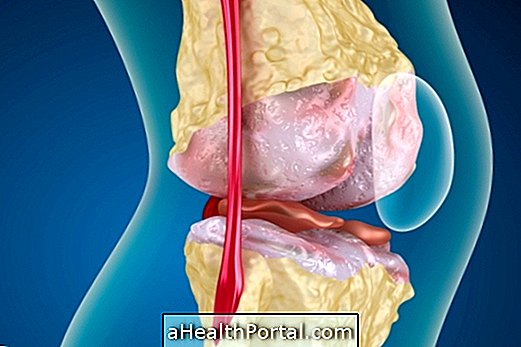
What can cause this change
The main causes of knee arthrosis can be:
- Natural joint wear, which occurs due to age;
- Being overweight;
- Direct trauma, such as falling to the knees, for example;
- Inflammatory disease associated with misuse of the joint.
This problem mainly affects people over 45 years, but if the individual is very overweight or has some of these risk factors, for example, can develop arthritis still young, around 30 years of age.
People with knee arthrosis may feel more pain during the winter and the pain may arise when the weather changes and the rain is coming. Although science still can not clarify why this can happen, there are 4 possible explanations for this fact. Find out what they are by clicking here.
How is the treatment done?
The treatment for knee osteoarthritis can be done with analgesic drugs, anti-inflammatories and dietary supplements that help in restoring the joint. In addition, it is important to perform physiotherapy and, in the most severe cases, it is possible to resort to infiltration with corticosteroids or even surgery, which may be an arthroscopy, for example.
Exercises for arthrosis
Some examples of exercises for knee osteoarthritis are stretching of the leg muscles, which can be done alone by the patient himself or with the help of the physiotherapist, and ride a bicycle. But it is important for the physiotherapist to indicate these exercises, because when performed in the wrong way or when the joint is still very painful, they can aggravate the disease.
Here are some examples in this video:
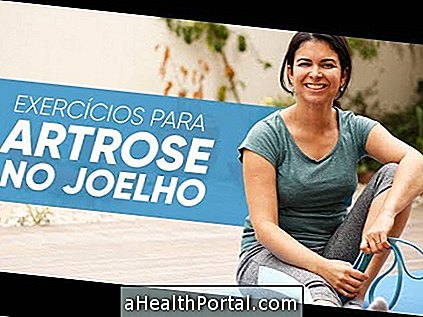
Physiotherapy
Physiotherapy for knee arthrosis should be performed preferably every day, during times of greatest pain. The physiotherapist should evaluate the joint and draw the best treatment, respecting the limitations of the individual. In the sessions you can use anti-inflammatory devices, muscle stretching and strengthening exercises.
Surgery
Surgery is indicated when the person does not show improvement of symptoms, continuing with pain, difficulty climbing stairs and lowering, even after months of conventional treatment, with medicines, steroids and physiotherapy.
The operation can be done by removing the knee and putting a prosthesis in place. After that the person usually recovers completely, but it is necessary to do physiotherapy sessions if they accelerate recovery. Learn how it's done and how long it takes to recover.
Natural Treatment
A good natural treatment for knee osteoarthritis is to use the warm flaxseed poultice on the joint at the end of the day. Just make a bundle with a clean, thin cloth with 3 tablespoons of flaxseed and heat in the microwave for 1 or 2 minutes until it is warm. Then apply to the knees for 10 to 15 minutes.
Learn about an example of a natural remedy in: Home remedy for arthritis.
